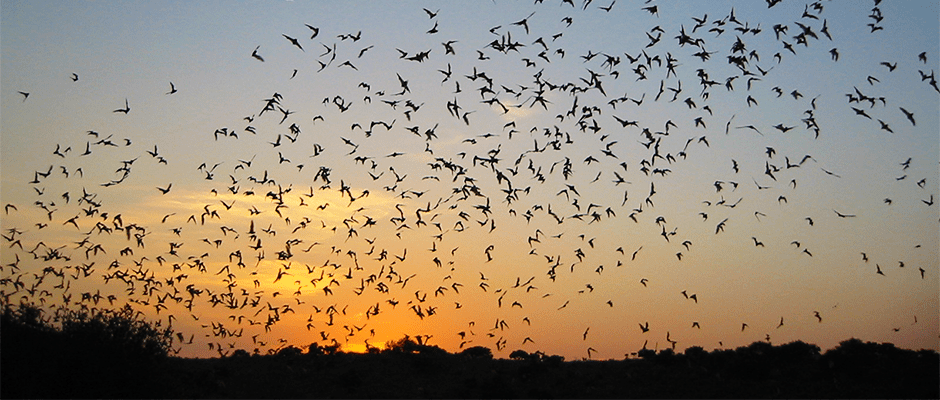Share this article
White-nose fungus found in Texas
Biologists have found the fungus that cause white-nose syndrome, a disease that has killed millions of bats throughout the United States and Canada, in caves in six north Texas counties, bringing the number of states with the fungus to 33.
State and federal wildlife officials announced the discovery on Thursday. Biologists swabbed the bats for the fungus in January and February.
Biologists have found no sign of the disease caused by the fungus, which may appear years after the fungus is discovered, but they identified three bat species that tested positive for the fungus: the Townsend’s big-eared bat (Corynorhinus townsendii), cave myotis (Myotis velifer) and tri-colored bat (Perimyotis subflavus). This was the first time either a Townsend’s big-eared bat or a cave myotis has been documented with the fungus, said Melissa Meierhofer, a research associate at Texas A&M Institute of Renewable Natural Resources, which carried out the research along with biologists from Bat Conservation International.
The appearance of the fungus in Texas was expected after it was detected in caves in neighboring Oklahoma and Arkansas, but biologists are hopeful the state may not see the number of deaths to white-nose syndrome that have occurred elsewhere.
“There’s a big question mark about how it’s going to affect bats in Texas or other places in the southwestern U.S.,” Meierhofer said.
The fungus, Pseudogymnoascus destructans, seems to thrive in cold climates and affects hibernating bats, Meierhofer said. But Texas is warmer, and while the state has the nation’s largest diversity of bats, most don’t hibernate. Of 33 bat species in Texas, Meierhofer said, only 13 are known to hibernate, and they may hibernate for shorter periods than bats in colder climates. Of those 13, she said, only three species have been documented with the disease elsewhere.
“Texas is kind of an oddball,” Meierhofer said. “The latitude. The weather. Different species. We just don’t know what’s going to happen.”
But because bats can spread the fungus from cave to cave, and humans who visit caves can do the same, researchers worry the appearance of the fungus in Texas could hasten its spread throughout the Southwest.
“Because of all the bats we have here that also occur in the west, we have the potential for a lot of different bat vectors moving it westward,” Meierhofer said.
White-nose syndrome has devastated bat populations since its appearance in a cave in New York in 2007. It has been documented in 30 states and five provinces, some of which have seen winter bat numbers plummet 90 percent.
The fungus’s appearance in Texas marks its farthest point west, with the exception of a confirmed appearance in Washington, where biologists believe the fungus was transported from the East by a cave visitor.
Header Image: Bats take flight outside Frio Cave, 80 miles west of San Antonio Texas. © Thomas Kunz, Boston University








